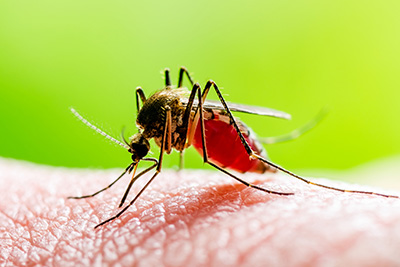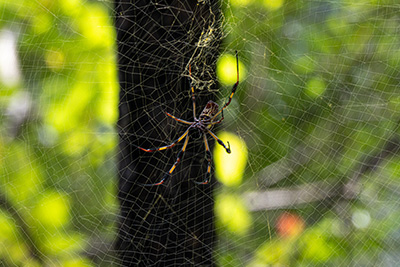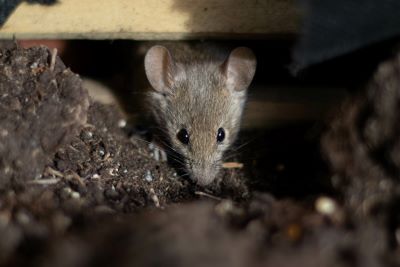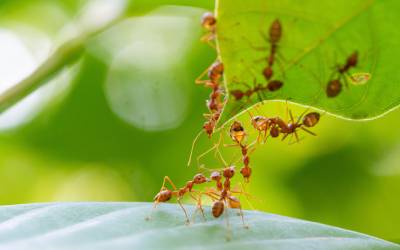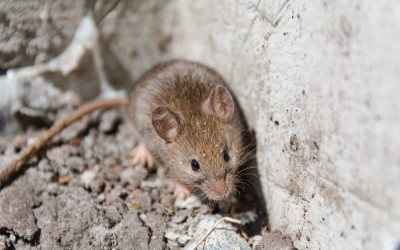Mosquitoes are often seen as mere nuisances, but their impact goes beyond that. Globally, these tiny pests are vectors for deadly diseases like malaria, Zika, and Dengue. Here in Tennessee, fortunately, we don’t deal with the same risk factors as in many parts of the world, especially tropical regions. Still, these risk factors do exist. For example, while rare, local transmission of West Nile virus has been recorded in recent years.
In this blog, we’ll talk about the danger of mosquito-borne diseases, and whether you can catch them here in Tennessee.
Do Mosquitoes in Tennessee Carry West Nile Virus?
Yes, mosquitoes in Tennessee can carry West Nile virus. Although diagnoses are rare, West Nile is the biggest mosquito-borne disease risk in the area. In 2023, the Metro Public Health Department found West Nile Virus present in 30 of 40 surveillance sites across the region.
Symptoms of West Nile virus can include:
- Fever
- Headache
- Body aches
- Skin rash
- Swollen lymph glands
- In severe cases, neurological illnesses such as meningitis or encephalitis
What’s the Risk of Catching a Mosquito-Borne Disease in Tennessee?
While the risk in Tennessee is generally low, being aware is crucial. Here’s a breakdown of various mosquito-borne diseases and whether they’ve been recorded in our region:
- Malaria: Not currently found in Tennessee. Cases have been reported in both Florida and Texas in recent years.
- Dengue: No cases transmitted locally; travel-related cases only.
- Yellow Fever: No current transmission in Tennessee.
- Zika Virus: Primarily travel-associated; last recorded case of locally transmitted Zika in the United States was in 2017.
- Rift Valley Fever: Not present in Tennessee.
- Schistosomiasis: Not transmitted by mosquitoes and not present in Tennessee.
- Chagas Disease: Although sometimes believed to be mosquito-borne, Chagas disease is spread by kissing bugs. Kissing bugs are primarily tropical insects, though they have been seen in Tennessee in recent years. The good news it that locally transmitted cases of Chagas have not been detected.
Why Is It Important to Monitor Mosquitoes Even If They Don’t Carry Disease?
Monitoring mosquitoes remains critical even in areas where disease transmission is none or minimal. Why? It’s simple. Mosquito populations and the diseases they carry can shift geographically over time.
Changes in local environments can alter mosquito ranges, potentially introducing new risks. In tropical regions, where weather conditions favor mosquitoes, many diseases are endemic. With rising global temperatures, these conditions could extend to new areas, including Tennessee.
Minimize Your Risk with Mosquito Control Service
Mosquitoes are more than just a summer annoyance; they are a potential vector for serious illnesses. Some places naturally have a higher mosquito population than others due to environmental factors like moisture and humidity. A study conducted by Terminix identified the top 50 “mosquito-infested” cities in the U.S., and two of them are in Tennessee.
If you’re concerned about mosquitoes on your property, contact us today for a free estimate on comprehensive mosquito control services. Let’s keep your summer safe and enjoyable!

